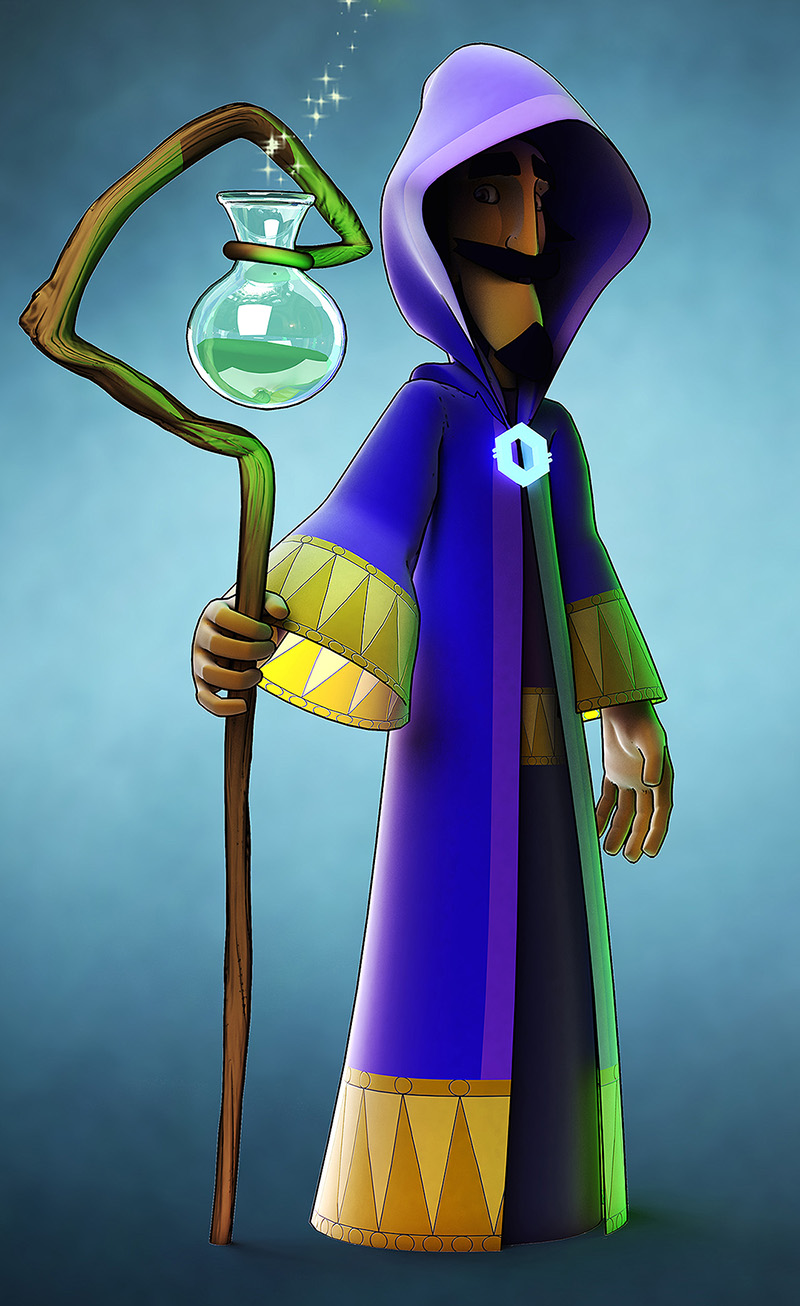 Jabir ibn Hayyan, also known in Europe as Geber, was the son of a druggist who spent most of his life in Kufa, Iraq. He devised and perfected sublimation, liquefaction, crystallization, distillation, purification, amalgamation, oxidation, evaporation, and filtration. He also wrote about how chemicals combined, without loss of character, to form a union of elements together that were too small for the naked eye to see.
Jabir ibn Hayyan, also known in Europe as Geber, was the son of a druggist who spent most of his life in Kufa, Iraq. He devised and perfected sublimation, liquefaction, crystallization, distillation, purification, amalgamation, oxidation, evaporation, and filtration. He also wrote about how chemicals combined, without loss of character, to form a union of elements together that were too small for the naked eye to see.
Jabir vastly increased the possibilities of chemical experiments by discovering sulfuric, nitric, and nitro-muriatic acids, all now vitally important in the chemical industry.
He also built a precise scale, which weighed items 6,480 times smaller than the ratl (ratl=1 kilogram or 2.20 pounds), and noticed in certain conditions of oxidation, the weight of metal was lessened. Some of Jabir ibn Hayyan’s writings include the Great Book of Chemical Properties, The Weights and Measures, The Chemical Combination, and The Dyes. Among his greatest contributions to the theory of chemistry were his views on the constitution of metals, and these survived with slight alterations and additions until the beginning of modern chemistry in the 18th century.
Source: “1001 Inventions: The Enduring Legacy of Muslim Civilization” (Reference 4th Edition, Published by FSTC Limited UK, 2017), [Chapter 3, Section 8: Chemistry].

